What is dye sublimation printing?

Dye sublimation printing is a relatively new form of technology that uses specially-formulated inks, transfer paper, a printer and heat press to create eye-catching and vibrant prints on polyester based fabrics. One of the main advantages of using dye sublimation is that during the process, the special ink fuses directly to the fabric fibres creating a permanent image that is bold, colour fast and washable.
It’s something that we’ve used at CWC for some time to create intricate patterns and colour-matched fabrics for mascot clothing but its uses don’t stop there. Almost all polyester fabrics can be dye-sublimated, making it a fantastic choice for printing flags, banners, table cloths, canvas prints, cushions and clothing for example.
The process of dye sublimation printing requires 3 key elements to be successful. These are heat, time and pressure. The combination of all 3 turns the inks from a solid to a gaseous state, which then penetrate the fabric fibres whilst under pressure. This creates a permanent bond between the ink and the fabric. Temperatures must be more than 180 (approx.) degrees centigrade (356 degrees Fahrenheit) to successfully transfer and bond the ink to the polyester fabric.
Natural vs polyester
A question we often get asked is ‘Does your fabric have to be polyester for dye sublimation printing to work?’ In short, the answer is yes. Natural fibres such as cotton do not hold the correct characteristics to be successfully sublimated and will cause a dull and washed out print if attempted. Poly cotton blends of around 60% polyester 40% Cotton can be used successfully but the higher the polyester content of the fabric, the more vivid the final transfer will be. This is due to the construction of the polyester fibres or polymer cells within these fibres to be precise. Heating causes these cells to open, capturing the gaseous inks within their structure. As they cool they close again, effectively sealing the colour directly into the fibre. The more polymer cells, the more colour can be trapped in the material and the brighter the final image.
The printing process
 Printing – Once you have finalised your design, it will need to be uploaded into the dedicated software on your computer to be processed. RIP software (stands for Raster Image Processing) is effectively an advanced printer driver designed to get optimal results from your machine. From within you can edit the image, resize and format it to the desired profile for your printer. The RIP software stores all the colour profiles required to faithfully recreate the original design. Once your design is ready to print, it is sent by the RIP software to the dedicated printer and is printed out onto special transfer paper. Dye-Sublimation printers can come in a range of sizes. Ours at CWC HQ is just over 1.5m wide, making it useful for a whole range of sublimation tasks.
Printing – Once you have finalised your design, it will need to be uploaded into the dedicated software on your computer to be processed. RIP software (stands for Raster Image Processing) is effectively an advanced printer driver designed to get optimal results from your machine. From within you can edit the image, resize and format it to the desired profile for your printer. The RIP software stores all the colour profiles required to faithfully recreate the original design. Once your design is ready to print, it is sent by the RIP software to the dedicated printer and is printed out onto special transfer paper. Dye-Sublimation printers can come in a range of sizes. Ours at CWC HQ is just over 1.5m wide, making it useful for a whole range of sublimation tasks.
Pressing – Once you’ve printed your design, you’re ready to press your image into the fabric using one of several different heat presses: Small format, calendar, flatbed and 3D vacuum. As we deal mainly in the sublimation of inks into the fabric, we have both a small format and a calendar heat press. A 3D vacuum heat press is useful for mugs and mobile phone cases but is not something we would use very often
All heat transfer presses fundamentally work in the same way; set the temperature, prepare the material and press the image onto the material with heat and pressure for a set time. This creates a permanent, clear and vibrant image has now been added to your material. A calendar press works like this but facilitates longer print lengths by moving the fabric through heated rollers.
Variable factors
 The dye sublimation printing process sounds relatively simple, right? In theory at least but in practice, there are several variable factors that can affect the final results. The right heat, time, pressure and humidity are all concerns when striving for the perfect print. Some fabrics sublimate better at higher temperatures, and some at lower. Some fabrics flatten under high pressure, some require more pressure for the ink to embed itself. As you can see it’s a fine balance between all these factors to ensure your print comes out looking its best.
The dye sublimation printing process sounds relatively simple, right? In theory at least but in practice, there are several variable factors that can affect the final results. The right heat, time, pressure and humidity are all concerns when striving for the perfect print. Some fabrics sublimate better at higher temperatures, and some at lower. Some fabrics flatten under high pressure, some require more pressure for the ink to embed itself. As you can see it’s a fine balance between all these factors to ensure your print comes out looking its best.
It’s nice to pick a topic that gives us the opportunity to tell you about the processes involved with making a costume. As you can see with dye sublimation printing, not only is it a fundamental part of our costume business, it also opens a whole world of opportunities to expand our offering and give the same care and attention to another branch of our business. If you want to learn more about the sublimation services we offer then mosey on over to our printing page or contact us on this form.
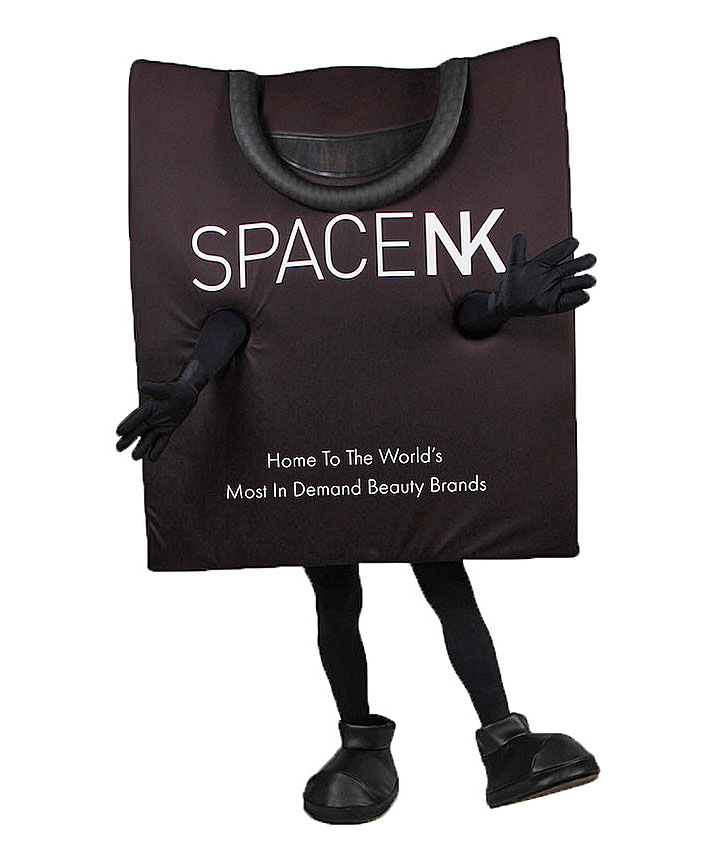
 “I wanted to take this opportunity to thank you for your ongoing service.
“I wanted to take this opportunity to thank you for your ongoing service. See video
See video

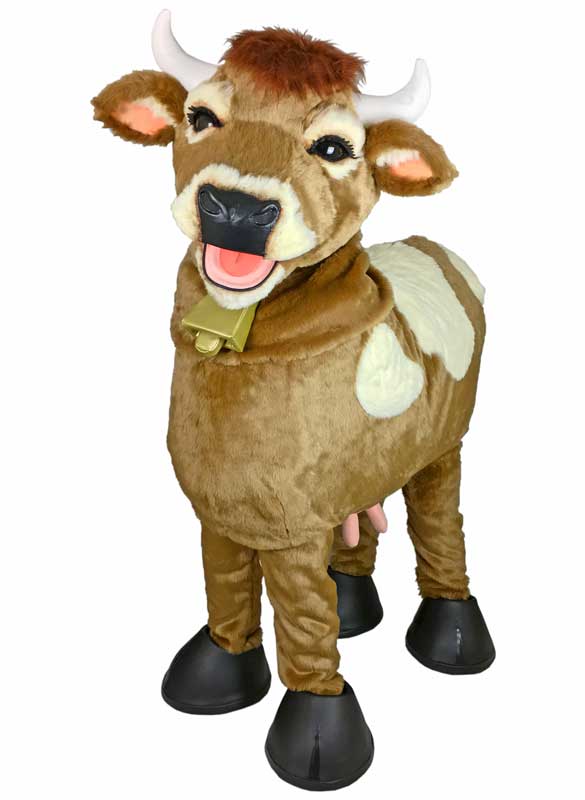 Each character we have ordered has been of incredible quality and detail and have been well received by everyone who sees them. All of the staff are incredibly helpful and a delight to work with and no doubt we will be using them as often as we can again in the future.”
Each character we have ordered has been of incredible quality and detail and have been well received by everyone who sees them. All of the staff are incredibly helpful and a delight to work with and no doubt we will be using them as often as we can again in the future.”
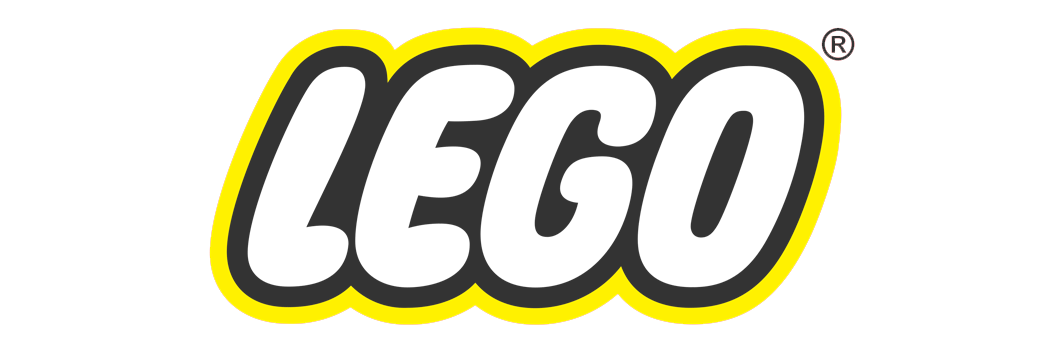 View costume
View costume View costume
View costume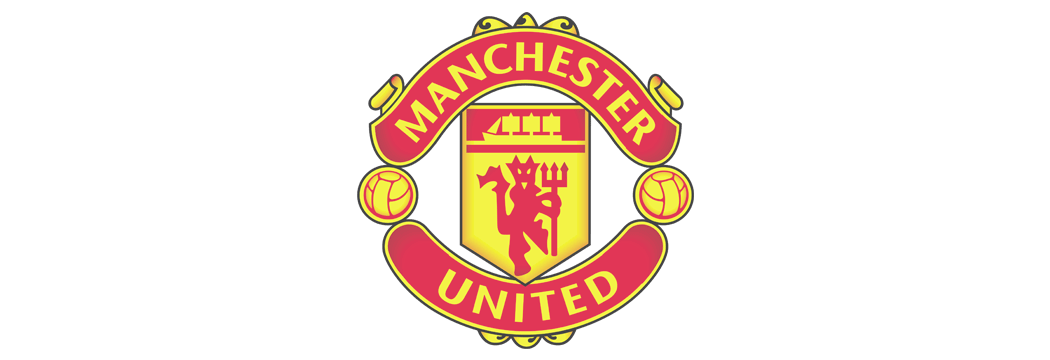 View costume
View costume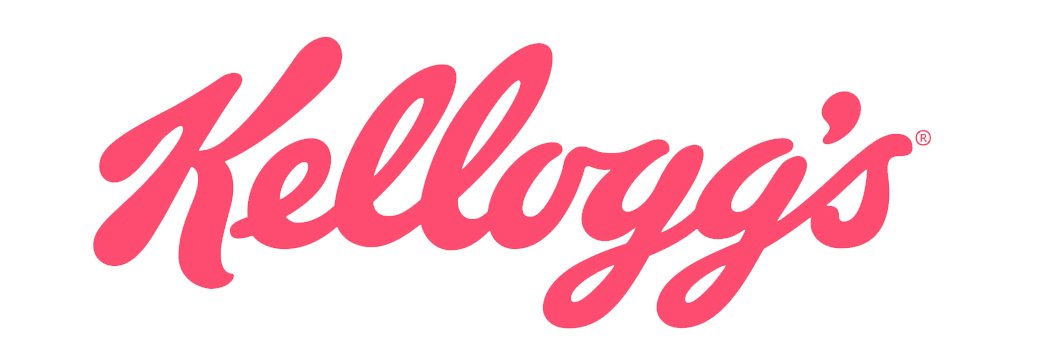 View costume
View costume View costume
View costume View costume
View costume View costume
View costume View costume
View costume